Although many people are skeptical that Xiaomi has reached the lofty level as advertised, Lei Jun then came up with something to prove himself. In particular, the comparison of picture quality of Xiaomi TV 2S and Sony, Samsung, and Sharp's similar products showed an uproar and fierce debate.
About Millet TV 2S:
Compared with Xiaomi’s previous products, Xiaomi TV 2S’s picture quality configuration has indeed been significantly higher by several orders of magnitude. Perhaps this is why Lei Jun dared to compare it with brands such as Sony and Samsung.

First of all, this 49-inch 4K TV claimed to use Samsung's wide color gamut panel, NTSC color gamut can reach more than 85%. In addition, a light guide plate with a high-precision light-leakage prevention process is used, and the brightness uniformity and light leakage control are more excellent. In addition, this machine is also equipped with dynamic backlight control technology, which also plays an important role in enhancing the contrast performance of the image.
In addition, Xiaomi TV 2S also claimed to carry the "fourth-generation ultra-clear image quality engine MACE-Pro4 UC+", which includes 12 image enhancement techniques and 10 enhancement techniques. The specific effects of these technologies are described in detail on Xiaomi’s official website.
Our sofa butler Smart TV Forum recently received one of three products that Xiaomi had compared at the press conference: the Sony 49X8300C.
About Sony 49X8300C:
The X8300C is the most entry-level product in Sony's 4K TV line this year. In addition to the 49-inch model mentioned by Xiaomi, the series also has a 43-inch specification.
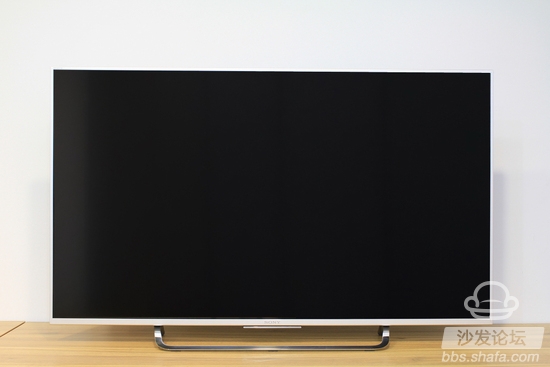
Although the 49X8300C is an entry-level 4K TV in Sony's product planning, its configuration is not shabby. In the quality part, it is equipped with the "X1 4K image processing chip" consistent with Sony's high-end model, "4K X-Realtiy sharp Image Processing Engine Pro" two signature technology, and Motionflow XR800 speed drive technology.
Compared with high-end models, the X8300C lacks dynamic backlight control technology such as sophisticated backlight control, and does not carry Sony's "Terry charm" technology. The role of the former is to enhance the dynamic contrast of the picture; the latter is the wide color gamut technology unique to Sony's high-end televisions, which can make its color performance reach the effect of quantum dot TV.
Through the simple specifications of these two products, configuration comparison, it is not difficult to see some of the Sony X8300C some of the configuration, millet TV 2S basically have; and Sony X8300C no configuration, millet TV 2S still have. Does this mean that the actual quality of the Xiaomi TV 2S is really stronger than that of the Sony X8300C?
This time we will focus on examining how the actual picture quality of these two TV sets will perform. At the same time, to see if the video quality of Xiaomi TV 2S has truly reached the level of the leading opponent.
Comparison of sharpness
The physical resolution of both TV screens is 3840×2160. However, Xiaomi claimed that Xiaomi TV 2S has a true 4K point-to-point display capability and uses some extreme conditions to demonstrate the sharpness of Xiaomi TV 2S.

When using the standard 4K TV resolution test signal, there is no obvious difference between the actual sharpness performance of the Xiaomi TV 2S and the Sony 49X8300C. Both TVs can correctly display Chinese and English with the smallest font size; Almost consistent.
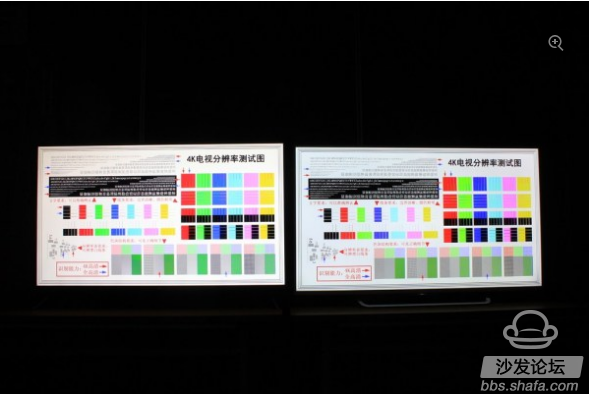
The 4K test First, the 4K TV standard definition test signal (output via the 4K player) is used to examine the static resolution of the TV.
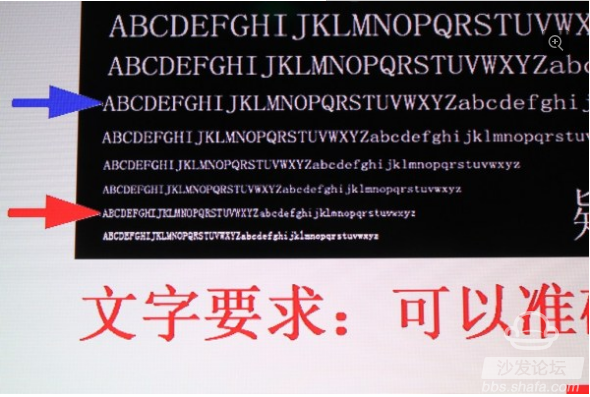
M1
Millet TV 2S can display the full size of Chinese characters and English characters. Static resolution reaches the 4K TV standard.

S1
The performance of the Sony 49X8300C also meets the requirements for 4K TV static resolution. Of course, the actual effect of these two TVs is still slightly different, but it is difficult to find the normal viewing distance.
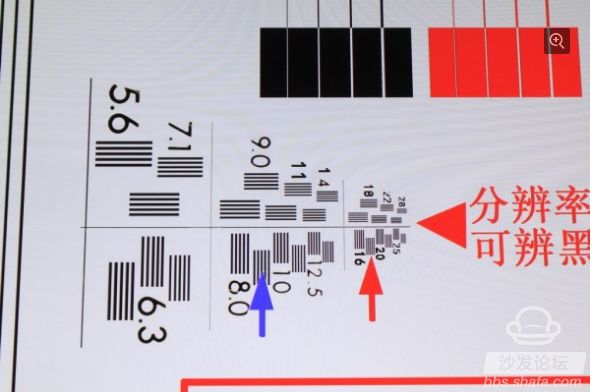
M2
Millet TV 2S resolution test effect.
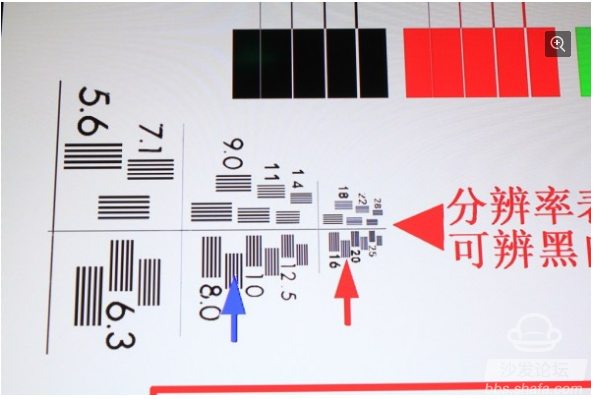
S2
Sony 49X8300C resolution test effect. And millet TV 2S is almost the same.

M3
However, when used as a PC monitor, the optimization of Xiaomi TV 2S is very good. The font is sharp and the outline is clear. However, the default brightness of the screen is high, and long-term use is more inconvenient.
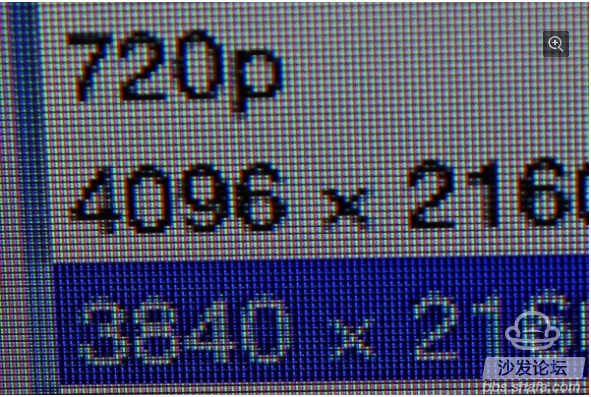
M4
Millet TV 2S as a display when the font zoom details
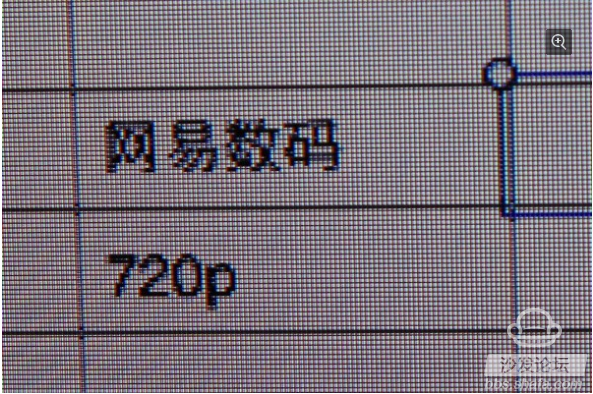
M5
Millet TV 2S as a display when the font zoom details
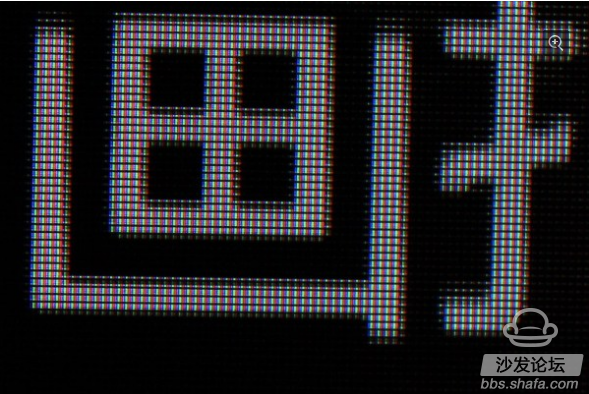
M6
The close-up of the pixel structure of Xiaomi TV 2S clearly shows three sub-pixel structures of RGB.

S3
When the Sony 49X8300C is used as a PC monitor, the standard image mode is not very effective, but considering that it provides a “chart†mode specifically set for the monitor application, all of our next tests are switched to the chart mode.
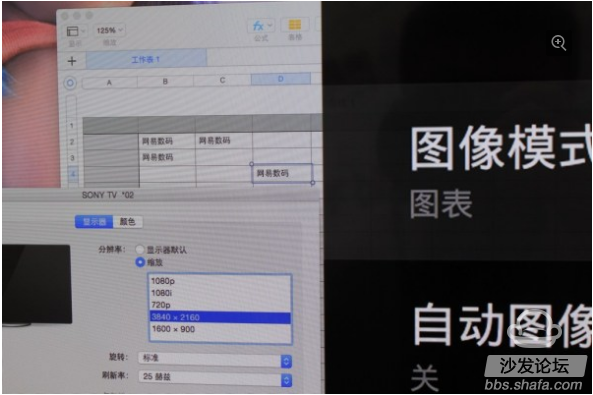
S4
The overall feeling after switching the image mode is greatly improved.

S5
49X8300C fonts are not as sharp as millet, and the characters look sleek and soft. At the same time, the brightness, contrast and other parameters of the television in the chart mode have also been adjusted. The entire screen does not seem to be as bright as millet, and is more suitable for long-time use.

S6
The Sony 49X8300C is used as a display to zoom in on the detail effect.
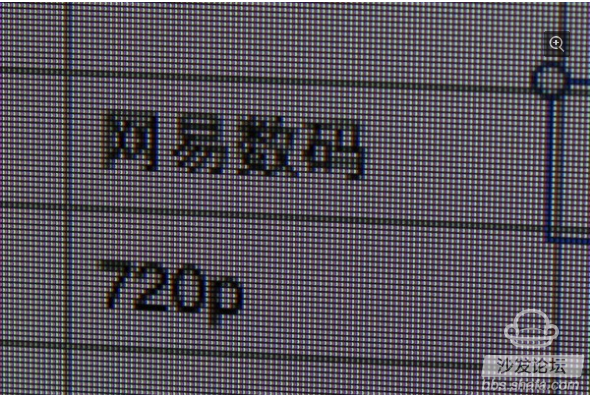
S7
The Sony 49X8300C is used as a display to zoom in on the detail effect. From the details of the map to see the edge of the font is not as clear as millet, so the actual effect of seeing the end is not as sharp as millet.

S8
Sony 49X8300C pixel close-up, overall IPS panel pixel features.
However, when connecting a PC or MAC as a monitor, there is a slight difference in the sharpness of the two. When the millet TV 2S is used as a 4K monitor, the font is sharper, and the overall picture quality feels really good, whether it is in the normal viewing distance or the viewing distance of 2 and 30 centimeters from the screen (that is, the most commonly used viewing distance as a display application. ) The words and numbers give people a sharper, clearer feeling.
In contrast, Sony's 49X8300C's standard image mode is not suitable as a 4K monitor, but it provides an optimized "chart" image mode, so this section of the comparison we switched the Sony 49X8300C to the chart mode. In this mode, the sharpness of the Sony 49X8300C font is significantly improved. Although the sharpness is still weaker than the millet TV 2S, the overall picture feels softer and has better comfort.
Static image quality comparison
Next is color contrast. Color is the only criterion for image quality when most consumers purchase TVs. Many people evaluate whether a TV is good or not. The most common description is "good color." Let's take a look at the difference in color performance of the Xiaomi TV 2S and Sony 49X8300C (unless noted, both TVs use the image mode and settings of their respective factory models; Xiaomi TV has a dynamic backlight control function on the right. The Sony 49X8300C is on the right. Screen capture screen).

Millet TV 2S claims to have more than 85% NTSC gamut coverage. The Sony 49X8300C is not equipped with wide color gamut technology. According to our experience, this TV's NTSC color gamut should be equivalent to most LED TVs, which is between 72% and 75%.
Millet TV 2S Sony X83C quality contrast - color articles

Millet TV 2S has a more neutral tone, and the entire picture has no obvious color tendency.

Red performance contrast. Millet's red is very bright, but pinkish. Sony's red performance is relatively more accurate.
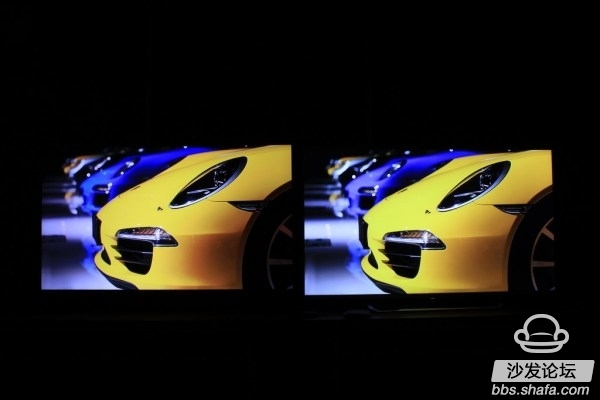
Due to the adoption of a wide color gamut panel, Xiaomi TV 2S is more intense in yellow and has a significantly better saturation than Sony.
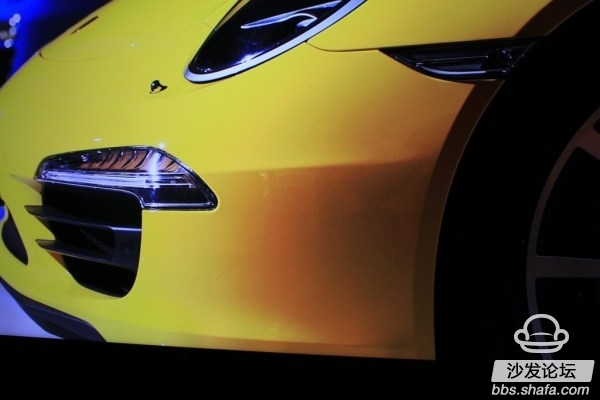
Sony's color gradation transition effect is much better, and the shadow transition is softer and more natural.
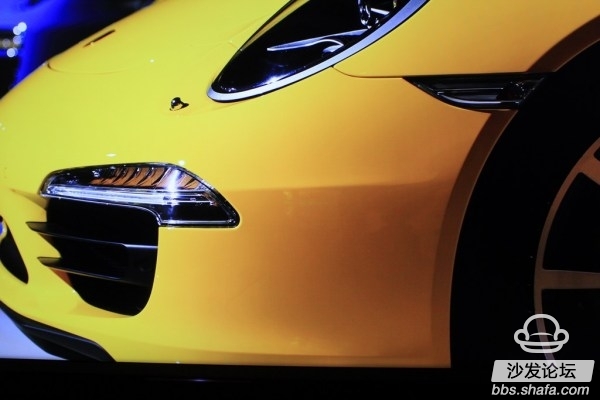
In contrast, the color transition effect of millet TV 2S has improved, pay attention to the transition effect inside the central shadow area, there are more obvious color levels.
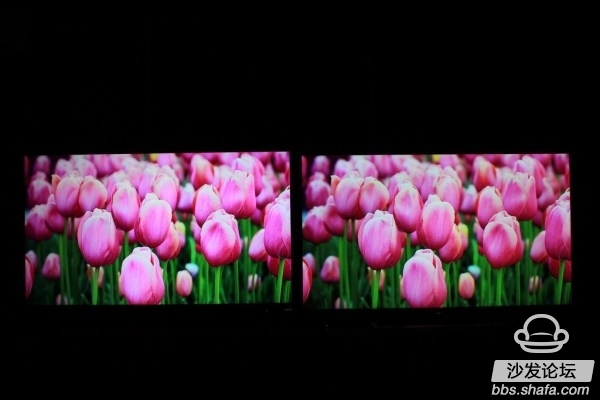
Purple performance contrast.

Green performance contrast. Millet is brighter but less saturated. Sony's green performance has more advantages.
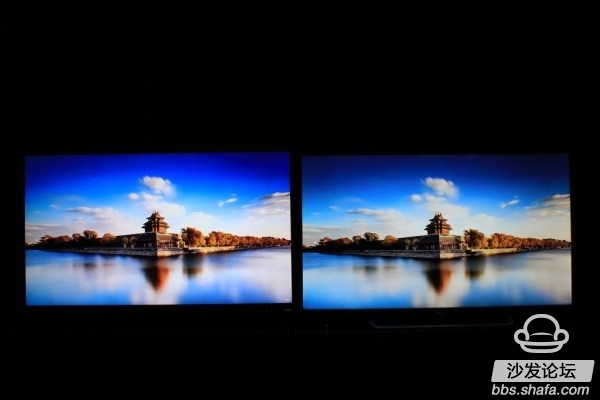
Blue performance contrast. Millet's blue is very bright, and at first sight it feels better than Sony. But in fact, Xiaomi’s blue is actually distorted because it is too bright.

Blue effect contrast. Xiaomi's seawater color is obviously not as accurate as Sony's.
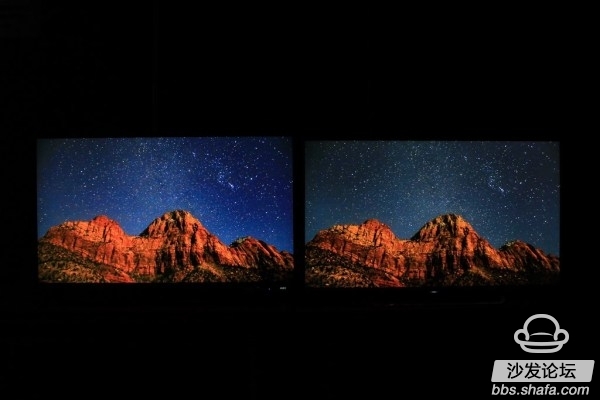
Night sky effect. Sony's picture feels more accurate.

Photo effect comparison. Millet's picture has a clear sense of high-definition movies. Sony's picture gives people a feeling of adding art filters.
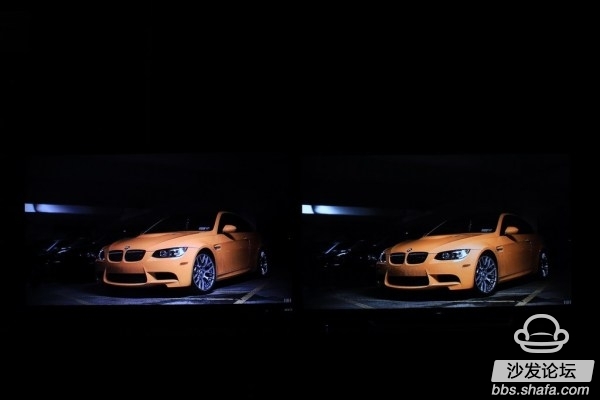
Photo effect comparison.

Photo effect comparison.
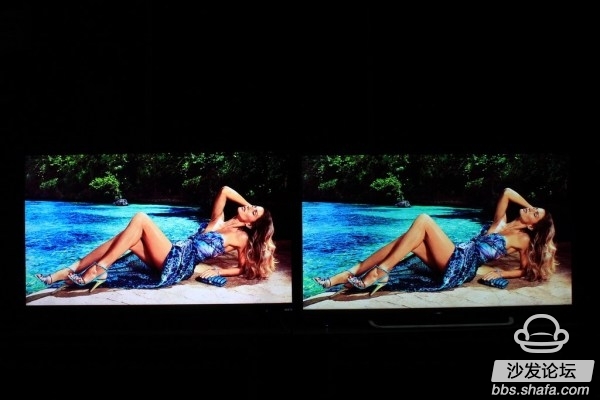
Photo effect comparison.
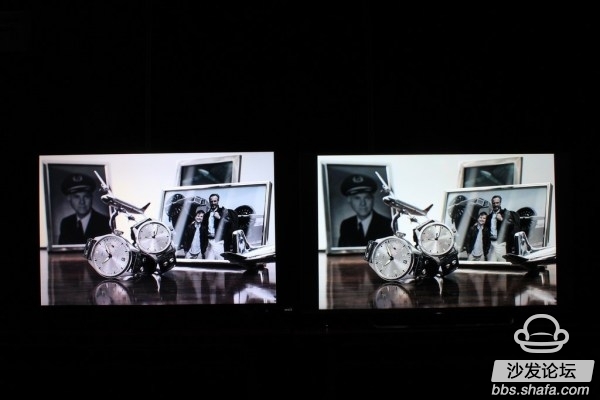
Millet's picture tends to be reddish, and in this picture Sony's TV is more able to show the texture of the watch.
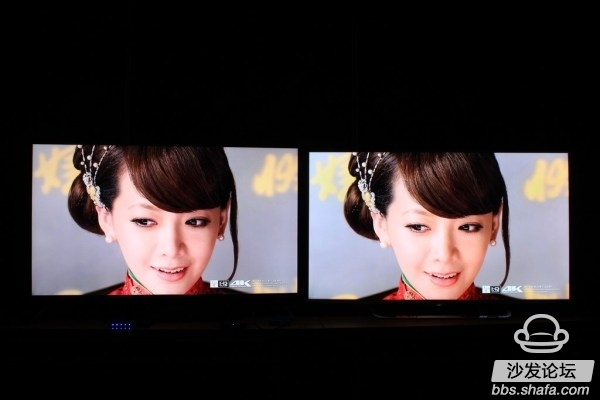
Skin color contrast. The tendency of millet to remain red is still obvious, and Sony's tendency to yellowish green is also obvious. However, because Xiaomi's overall tone is more neutral, the appearance of millet color is more pleasing.
From their actual display effect, the color performance difference of the two TV sets is still visible to the naked eye. First of all, because of the advantages of color gamut, Xiaomi TV 2S has a higher degree of vivid color. In addition, the color tone of millet TV 2S is more neutral, and the entire screen has no obvious color tendency. The Sony X8300C does not have a wide color gamut because of its lack of a wide color gamut. The color is generally less vibrant than millet, and its color tone is also yellowish green. However, although millet TV 2S has a higher color gamut, the accuracy of color has yet to be strengthened. Because from the test performance of this TV is often due to the color is too bright and obvious distortion problems.
Backlight control
Xiaomi also highlighted improvements in backlight technology at the 2S conference, including the use of hot stamping and laser spotting on the light guide plate, with uniformity exceeding 80%; and dynamic backlight control technology that dynamically adjusts the brightness of the screen.

Through testing, it was found that the light leakage control of Xiaomi TV 2S did perform well, and there was no particularly significant light leakage. Sony's 49X8300C is not equipped with the relevant dynamic backlight control technology, leak performance is indeed inferior to the millet TV 2S.
Millet TV 2S Sony X83C quality contrast - backlight articles
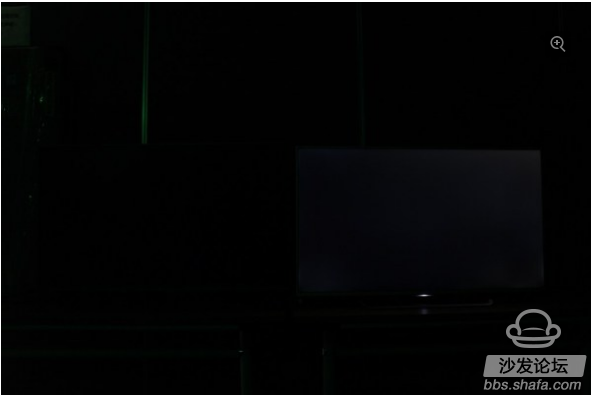
After starting Xiaomi's dynamic backlight control function, the same black input signal, millet's screen backlight is turned off, the screen is completely dark, and Sony does not have similar technology, you can still see the light leakage on the screen. This photo is a true reflection of the actual light leakage that we see with the naked eye in a dark environment. The effect picture provided by Xiaomi's official website has exaggerated the effect of Sony's light leakage due to the shooting parameters, and it is not true.
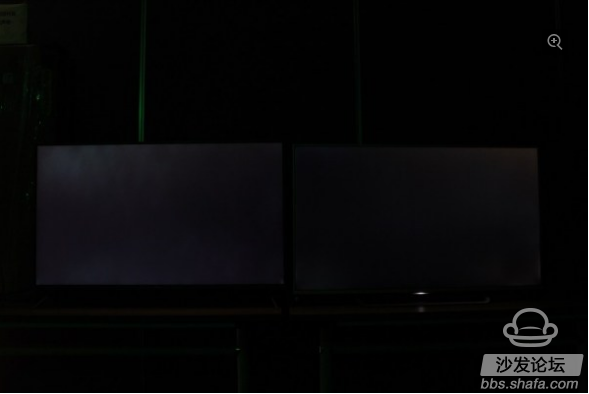
Turn off the dynamic backlight control of the millet TV and input all black signals. Both TVs actually have some light leakage. However, millet's backlight distribution is more uniform, and Sony's light leakage is concentrated in the upper and lower corners of the screen.

In this image display effect, Xiaomi TV 2S does a better job than Sony.

In this image display effect, Xiaomi TV 2S does a better job than Sony.

In this image display effect, Xiaomi TV 2S does a better job than Sony.
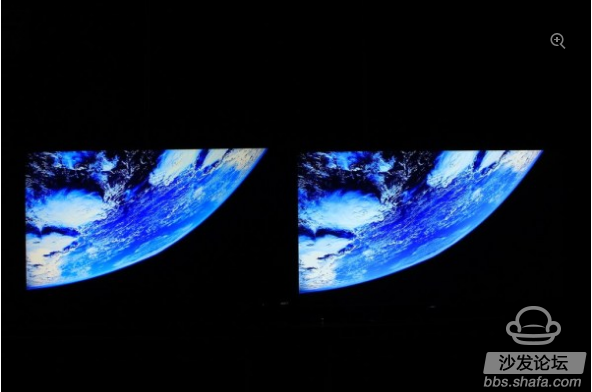
But when displaying images with a certain area of ​​light details, Sony's problem of light leakage becomes less serious. However, due to the problem of camera tolerance, this picture cannot actually reflect the degree of leakage of Sony, so please look down.

However, when playing a video with a lot of dark scenes, Sony's problem of light leakage is actually not serious, and it can even be hard to find.
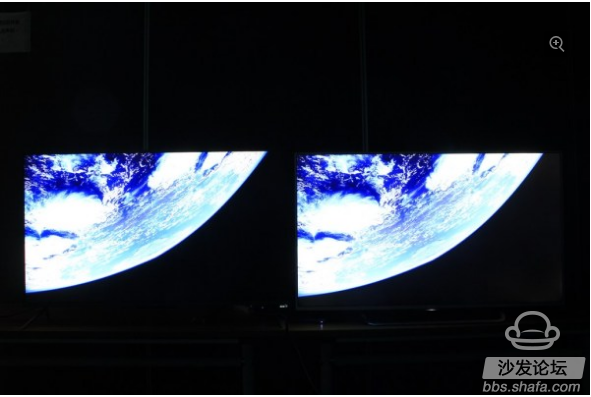
We have modified the light leakage effect diagram obtained after the camera shooting parameters. Please ignore the part of the earth that has been overexposed on the screen, and focus on the black part in the lower right corner of the screen. It is actually quite minor.
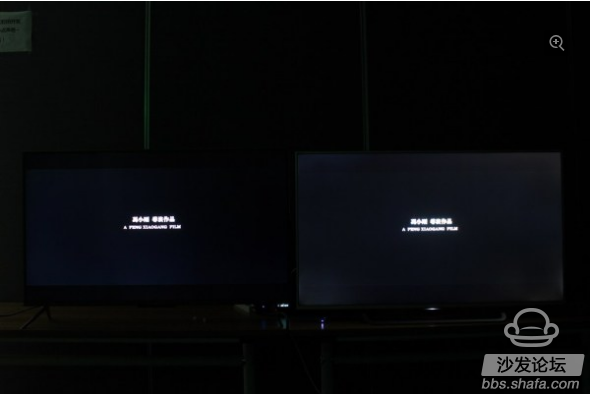
When playing a motion picture, the most obvious difference between the two image effects is that when some movie titles are played back with full black background + white captions, the light leakage in the Sony picture can be seen.

In most cases, when playing a video with a lot of dark scenes, Sony's problem of light leakage is actually not serious, and it can even be hard to find.

In most cases, when playing a video with a lot of dark scenes, Sony's problem of light leakage is actually not serious, and it can even be hard to find.
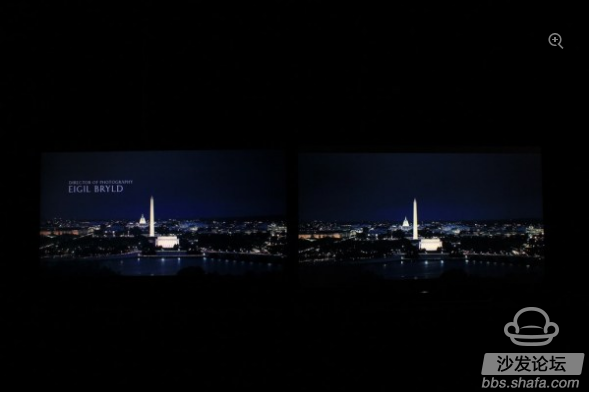
In most cases, when playing a video with a lot of dark scenes, Sony's problem of light leakage is actually not serious, and it can even be hard to find.
But it needs to be emphasized that the contrasting photos of the backlight used by Xiaomi at the press conference are too obvious misleading. Although the Sony 49X8300C light leakage control is not very good, but the actual naked eye to see the effect and screen photo provided by millet is definitely not an order of magnitude. We set a reasonable camera exposure value to restore the real effect seen by both eyes. It can be seen that although there is a gap between the performance of the two, it is definitely not as big as the screen photo provided by Xiaomi official.
Dynamic image contrast
No matter how the TV evolves, how intelligent it is, the biggest use is to play motion pictures. Due to the limitations of its own technology, LCDs are actually more suitable for displaying still images than playing dynamic images.
Millet TV 2S Sony X83C Picture Quality - Dynamic Effects
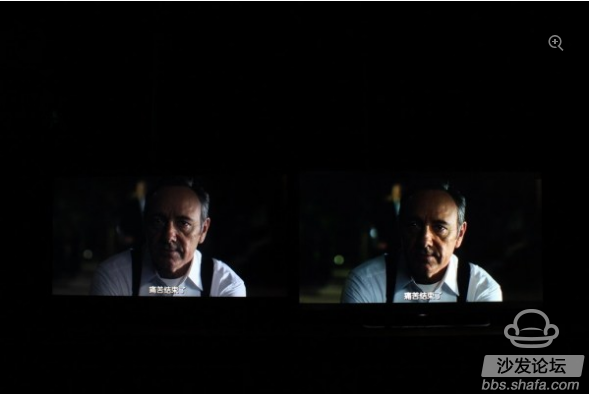
1080P version of "house of cards" playback test. The dark part of the Xiaomi TV 2S is indeed more profound. However, the overall picture brightness and contrast contrast is not too great.
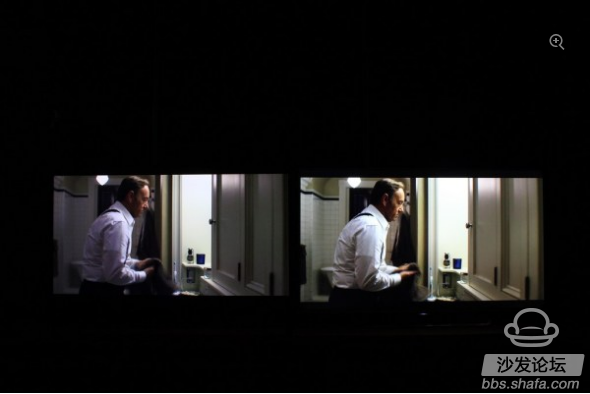
1080P version of "house of cards" playback test. Sony's picture is obviously better.
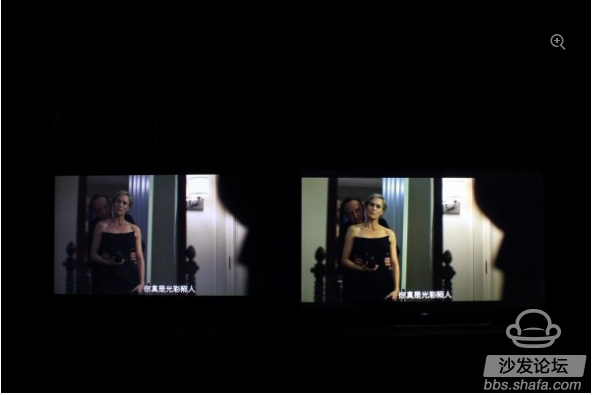
1080P version of "house of cards" playback test. Sony's picture is indeed better.
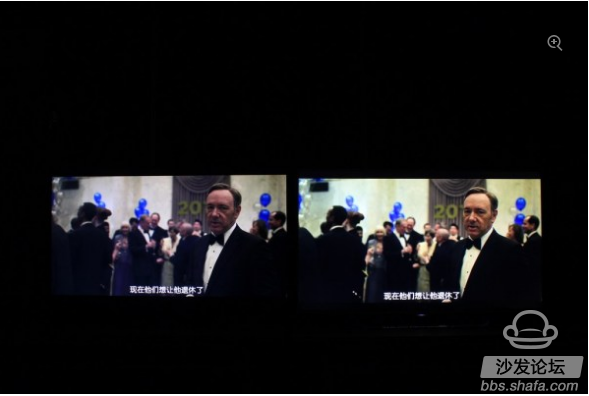
1080P version of "house of cards" playback test. Sony's overall effect is even better.
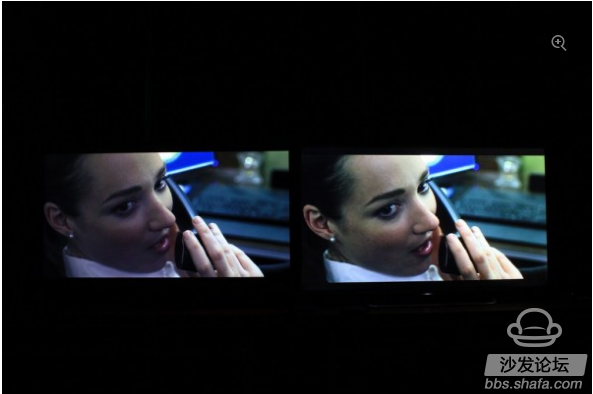
1080P version of "house of cards" playback test. In the details of the motion picture, Sony also has a better performance and can be easily distinguished by naked eyes at normal viewing distances.

1080P version of "house of cards" playback test. Sony's picture is more cinematic.
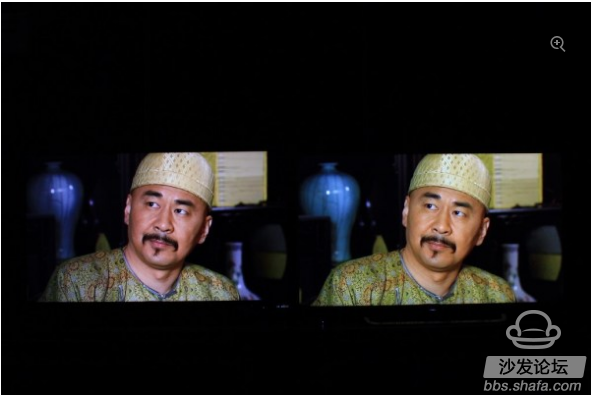
1080P "Tuo Biography" playback effect test. Sony's color tone is not as good as that of millet due to its yellowish green shades.
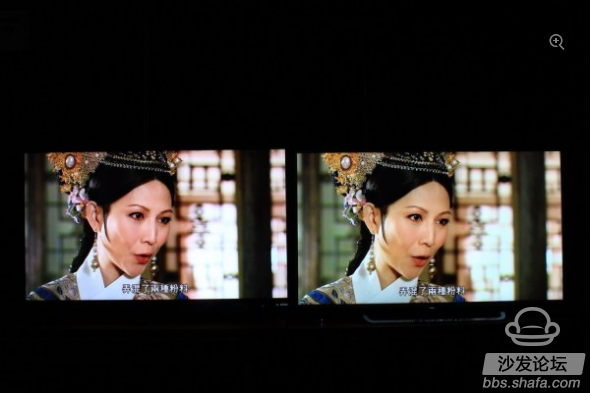
1080P "Tuo Biography" playback effect test.
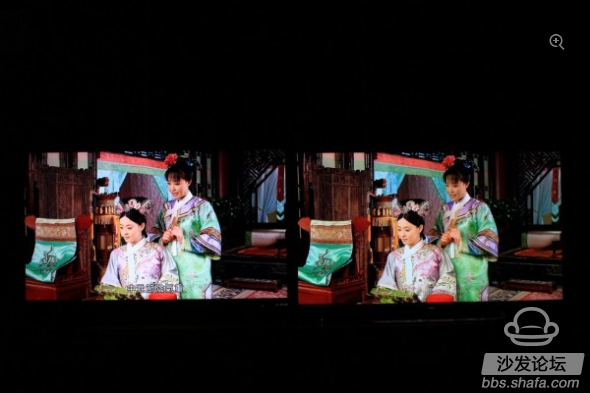
1080P "Tuo Biography" playback effect test.
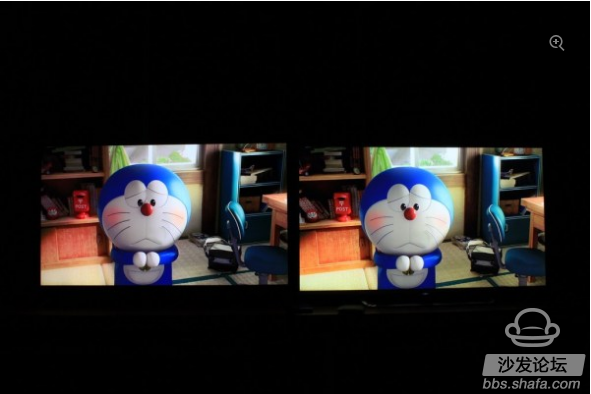
720P "Doraemon" play contrast. For cartoons, the difference between the two TVs does not seem to be that big.
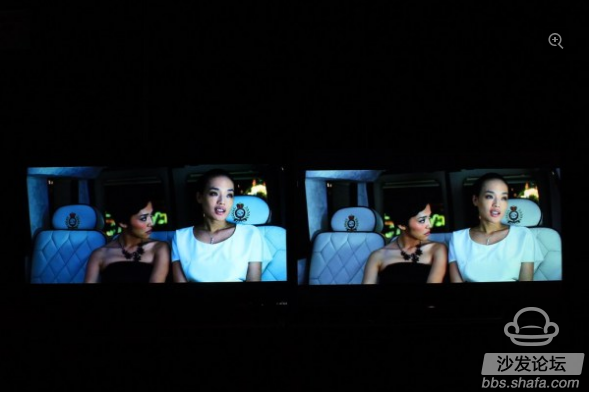
720P "very not disturb" effect comparison.
The actual playback effect of multiple videos shows that the effect of Xiaomi TV 2S when playing video is significantly lower than that of self-playing still images. When displaying static pictures, Xiaomi TV 2S will optimize the sharpness and color of the picture, and the picture will give people a sharp and clear feeling and the colors will be very beautiful. However, when playing a motion picture, the picture is not sufficiently optimized, and the overall feeling is not as good as the static display capability.
Compared with the Sony 49X8300C, the dynamic display effect of the millet TV 2S is even more obvious. Millet TV 2S has a dynamic backlight control technology, but the actual contrast of the picture is obviously behind; the dark part of its picture is darker and deeper, but the contrast of the whole picture is smaller, the contrast is not strong, and it is placed together with the Sony X8300. When comparing, people feel that the screen of millet is like a layer of gray sand. In the definition of the motion picture, the appearance of the various objects in the image, the expressiveness of the details, the millet TV 2S is also not as good as the Sony 49X8300C. This difference can even be easily discerned with the naked eye at normal viewing distances and does not require careful close-range discrimination.
In the past, when we summarized the advantages of several Japanese TV companies, one of the most frequently heard words was "Sharp's screen, Sony's core." As a traditional advantage project of Sony, the image processing engine can largely compensate for the inherent deficiencies of panel, backlight and other hardware devices. This is actually very clear in this comparison. Although Millet TV 2S claims to carry a very advanced image engine, its actual results have not performed well. This shows that companies in this field need long-term accumulation and in-depth research to achieve the effect of truly improving the quality of the image.
Another point that needs to be pointed out is that because of the difference in the color performance of the Xiaomi TV 2S and the Sony 49X8300C, the Sony 49X8300C has a stronger sense of the movie when watching video programs (the tone is warmer than the yellowish color). The color tone of the millet TV 2S is more neutral and there is no obvious stylization.
Contrast summary
Although millet TV 2S has progressed in areas where the picture quality is directly determined by panels, image engines, backlights, etc., as compared to several televisions previously released by Xiaomi, some of the picture quality performances have good results, but overall performance, especially Dynamic display performance is still not satisfactory, not to mention that Sony's entry-level 4K products are fully surpassed in picture quality.
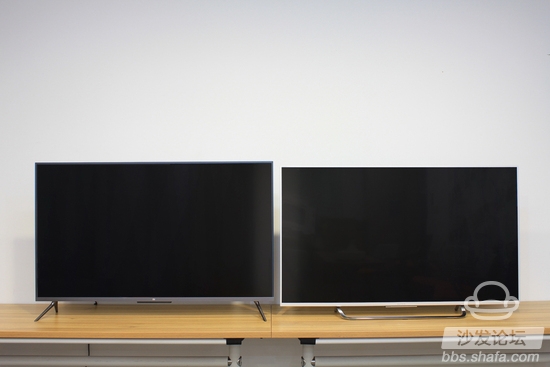



Coupletech Co., Ltd manufactures, develops some kinds of Pockels Cell Q-switch driver and Pockels Cell Driver board, mini High Voltage Module for matching our pockels cell, Q-swithes. The voltage is up to 10KV, the repetition rate is up to 200kHz and the rising time/falling time is <10ns. The application is from Q-switching to more advanced pulse picking, pulse slicing and regenerative amplifier control.
Coupletech is seeking small volume, compact design, high laser power, high reliability for our electrooptics, and keeping satisfact quality as always. We supply Standard products, e.g. PCD20, PCD-C, and PCD-BS and customized products.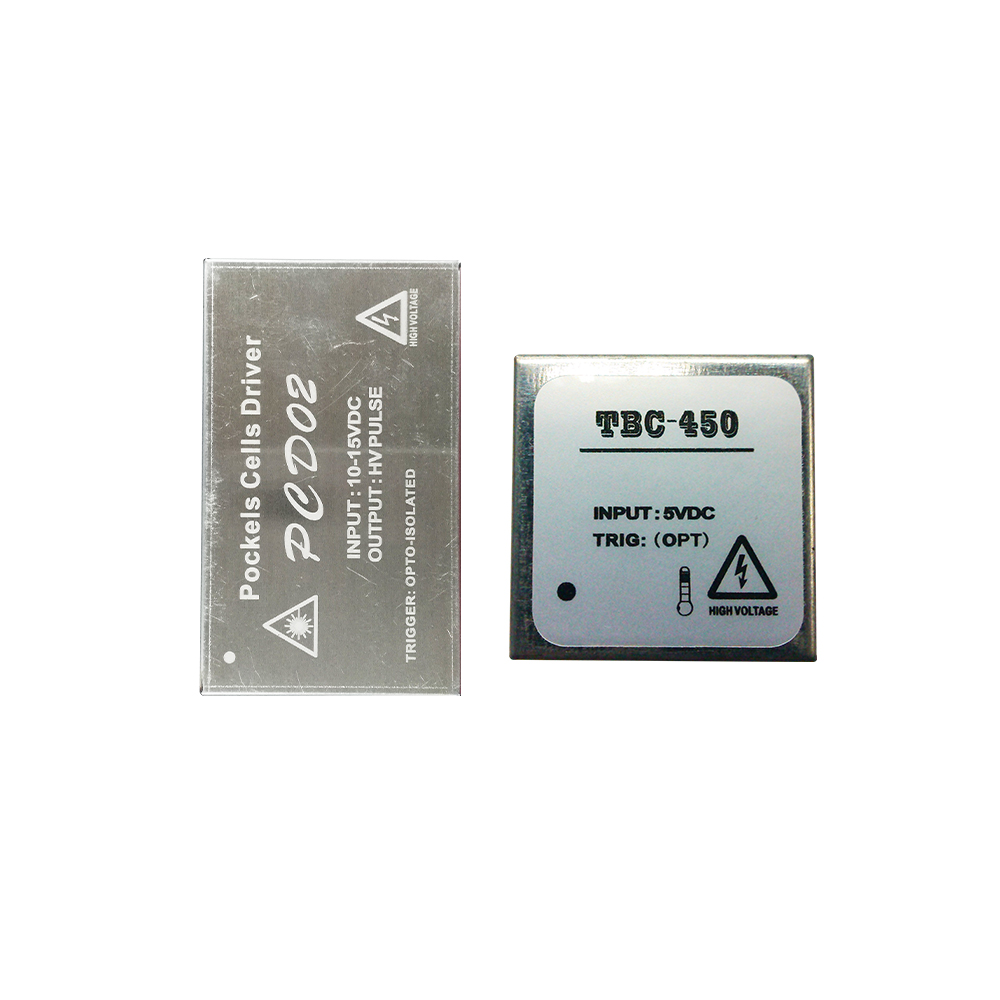
Pockels Cell Driver
Driver Board,High Voltage Power Supplies,Pockels Cell,Pockels Cell Modulator,Laser electronics,Q-switches,Pulse Picker
Coupletech Co., Ltd. , https://www.coupletech.com